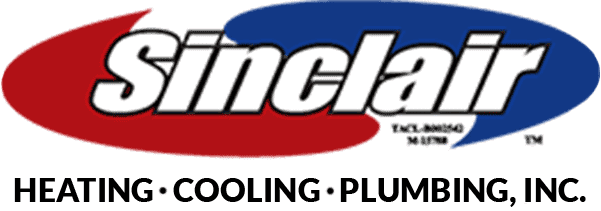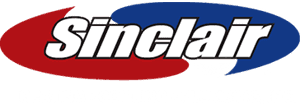There was some frost on the pumpkin this morning, wasn’t there? I hope you were able to find that leather jacket in the back of the closet. You’ll need it handy going forward!
Last week we offered tips for winterizing your home. We’ll continue on that topic this week. Starting with how to make sure your furnace is ready to go.
First things first. Change the filter. We talk about it year round because it’s that important. Especially here in West Texas where it’s so windy your newspaper may end up on someone’s porch in Kansas. With the wind comes the blowing dirt. Not only do you have to vacuum and dust more in West Texas, you need to change your air filter more frequently.
The filter traps dirt, bacteria and other particulates, preventing them from being circulated through the air. Also, dirt that is trapped in the filter doesn’t make it to the inside of your furnace/air conditioning system. When our systems don’t have clean or proper filters, the dirt has easy access to the internal parts of your equipment. This has great potential for causing damage that can be expensive.
Clean filters also help your health. Filtered air is cleaner air.
When it comes to filters, find the happy middle. A cheap, overly porous filter won’t trap enough dirt. A very dense filter will filter high levels of particulates but will make your system work extra hard, creating wear on your equipment and increasing your energy bill.
After your filter is changed, it’s time to do a test run. Set your thermostat to somewhere around 80 to 82 degrees. Flip your switch over from “AC” to “Heat”. Turn it on and let it warm up. If for a minute or two you get a funny smell through the vents it’s just dust burning off the elements. However, if you smell gas, turn it off immediately and call your heating professional.
Speaking of vents, make sure they are clear of any obstructions. Don’t put furniture or curtains in front of them as it will trap heat.
If you are using propane or fuel oil, make sure you go into the winter season with a full tank.
Annual maintenance is a crucial part of your winterizing process. Have a professional heating specialist inspect your furnace. They will make sure your equipment is working properly and check for potential problems.
An efficient heat source will pump out the warm air. Yet it’s proper insulation that keeps it in the room. If you have an attic, check your level of insulation. If it’s low, consider rolling out some fiberglass insulation. Or you can blow in cellulose. Over time, the cost of proper insulation pays for itself in energy savings.
Don’t forget to seal those cracks and crevices. We wouldn’t of leaving a window open 2 inches in the middle of winter. But eight random ¼” cracks or gaps in window frames is the same amount of warm air escaping. Take time to apply fresh, soft caulking around your windows and use an expandable foam to fill holes and gaps in your structure.

